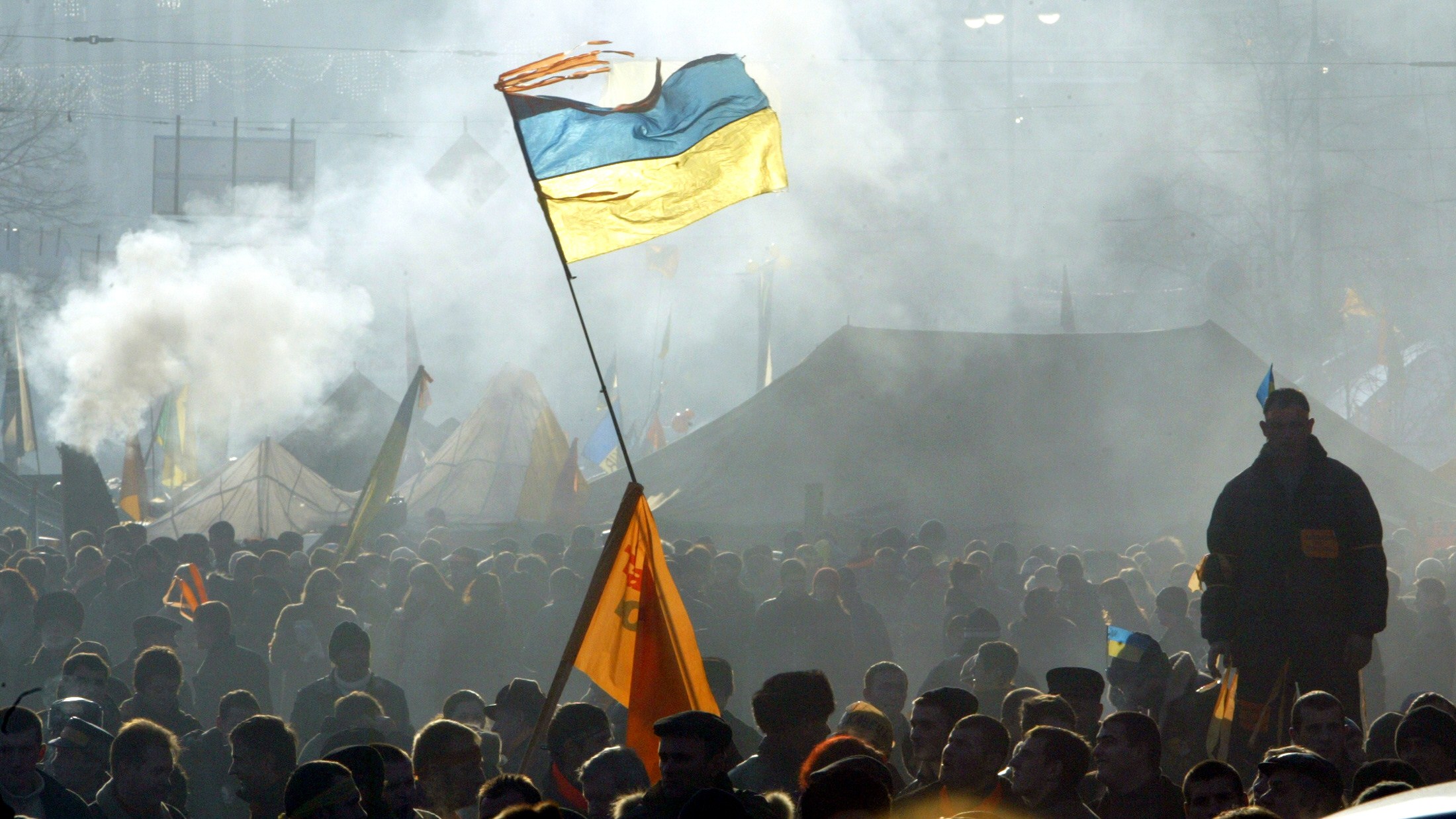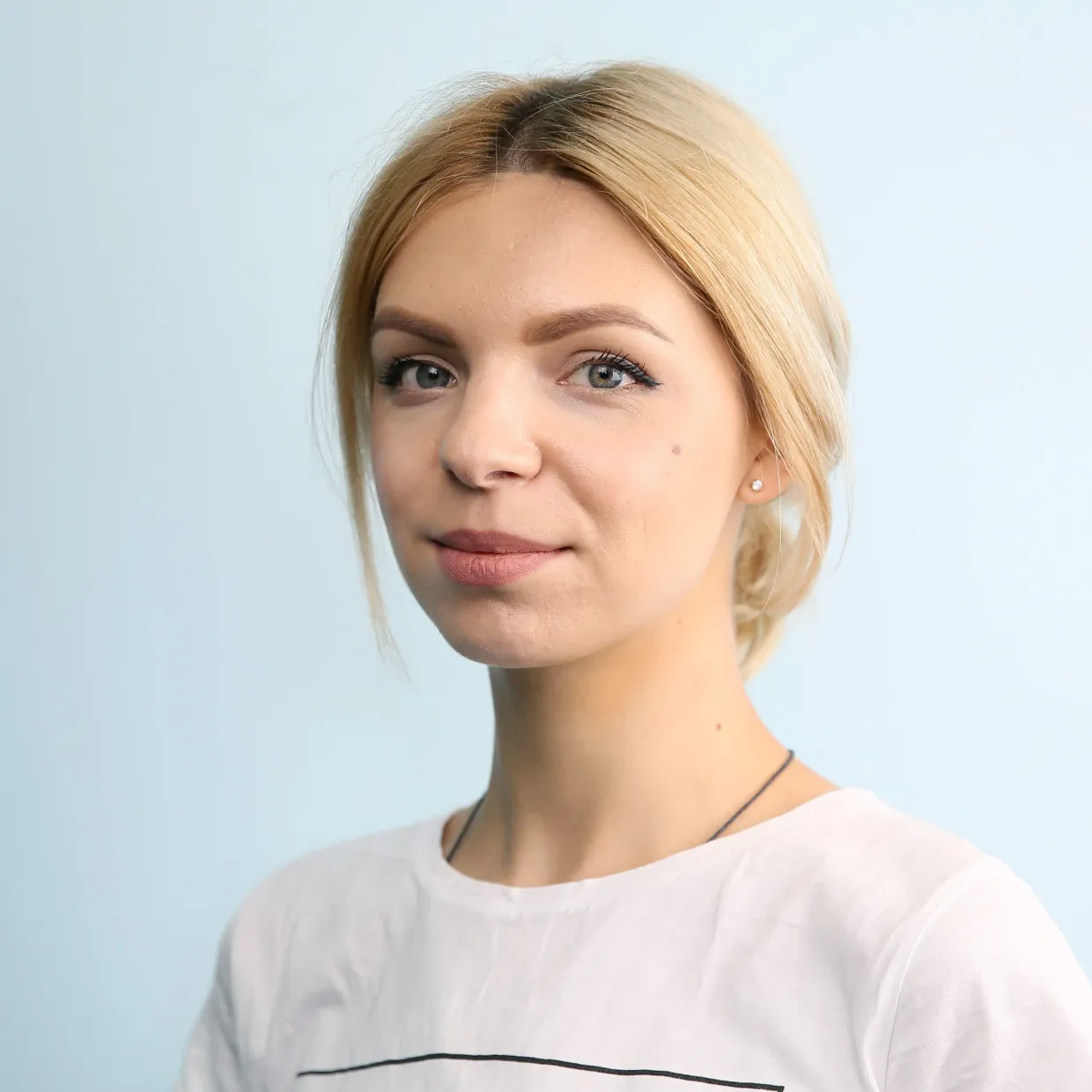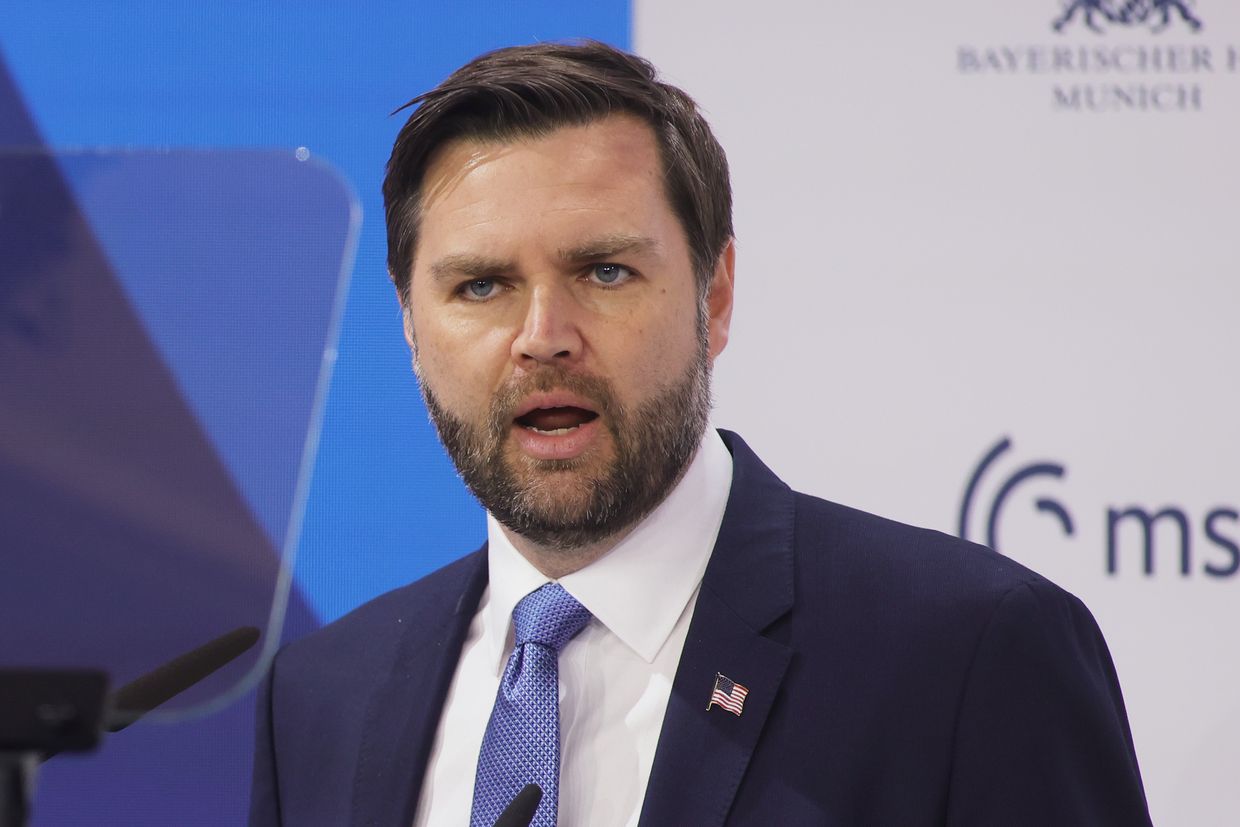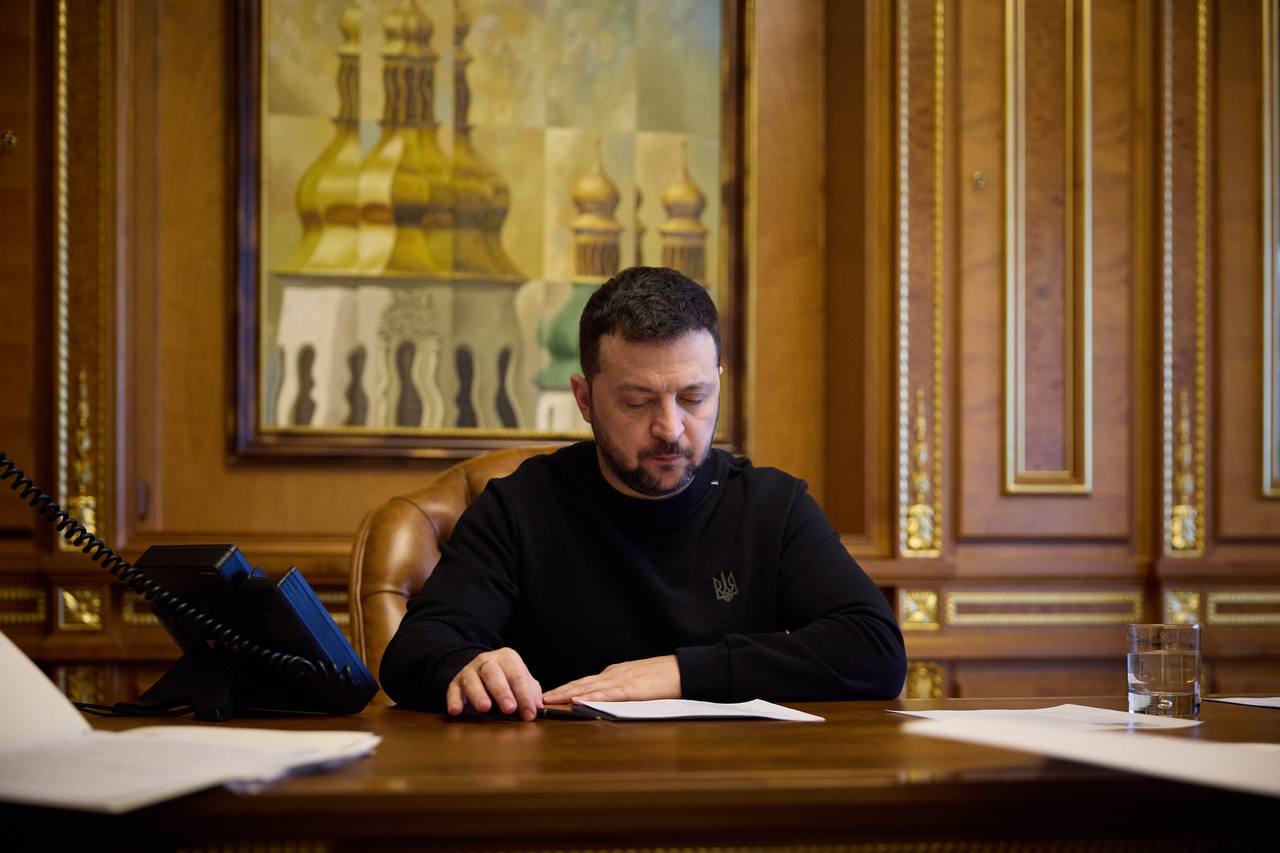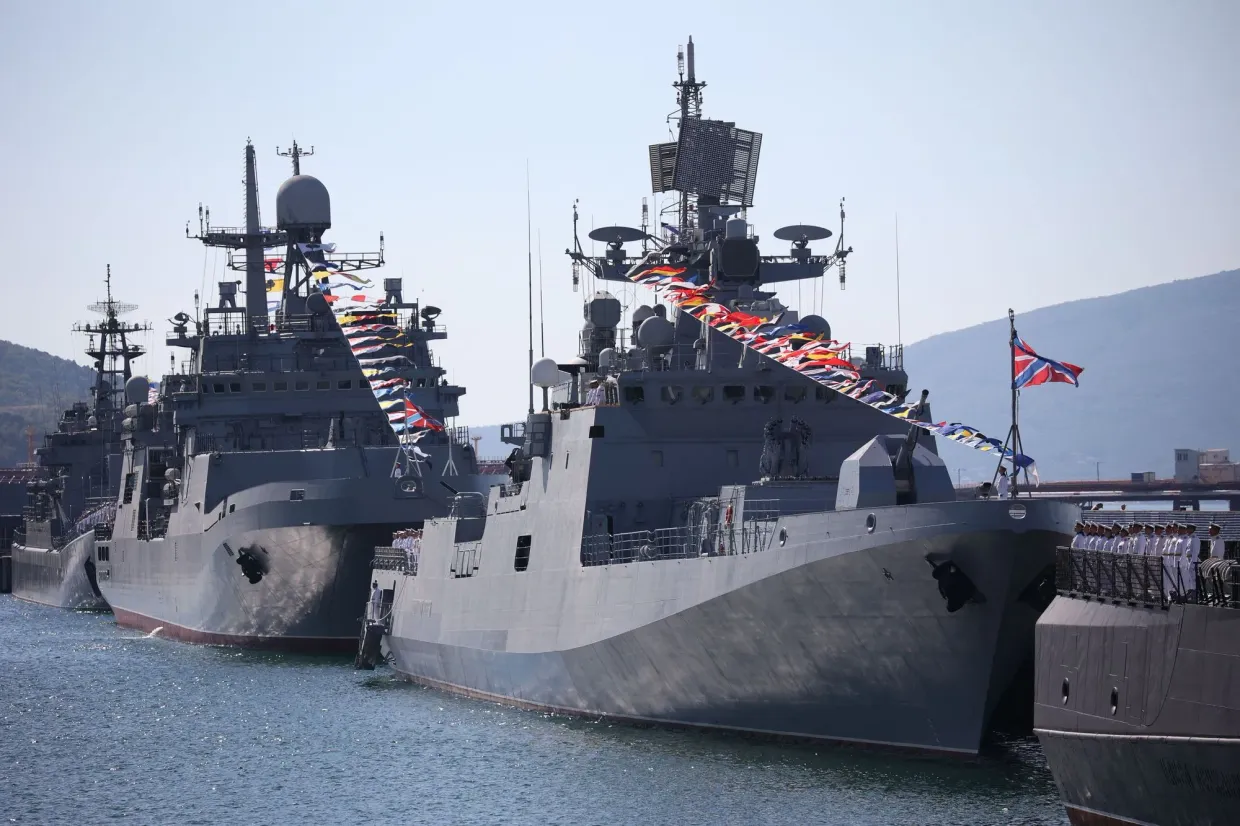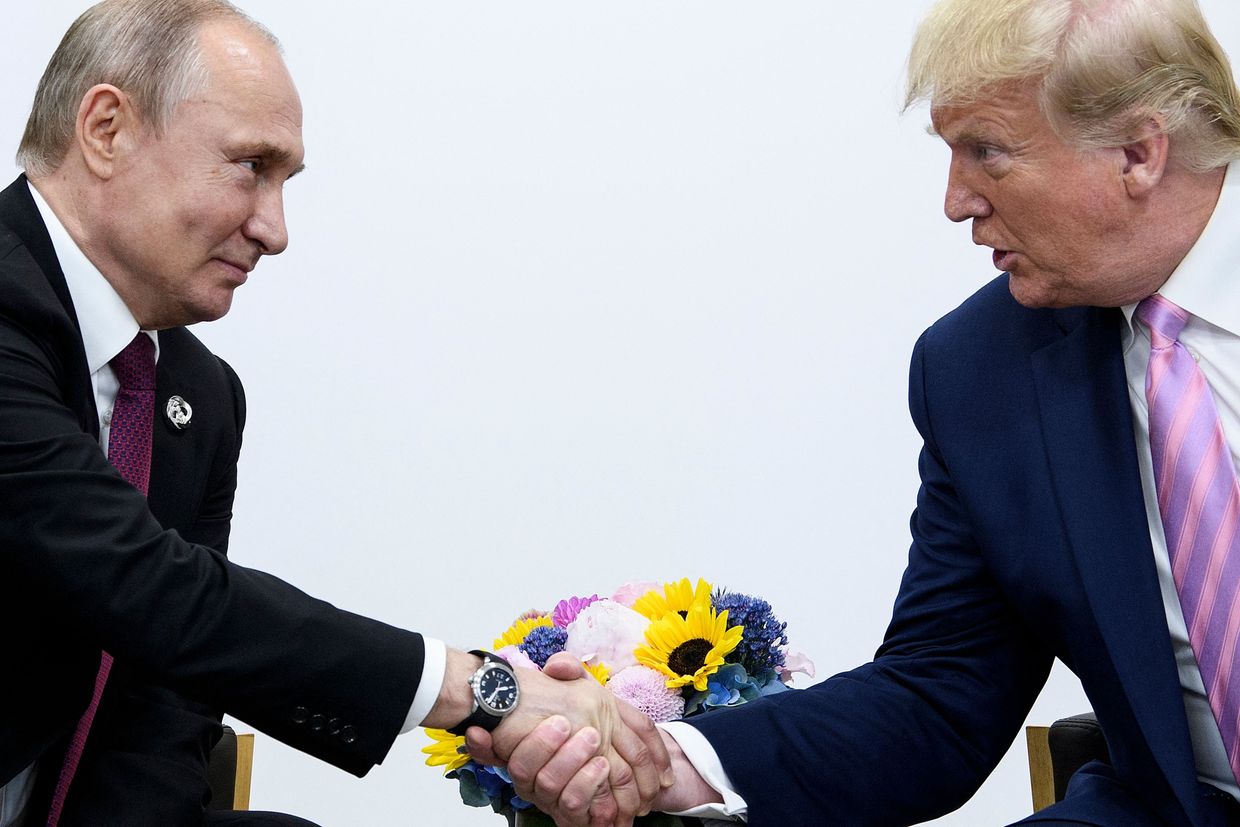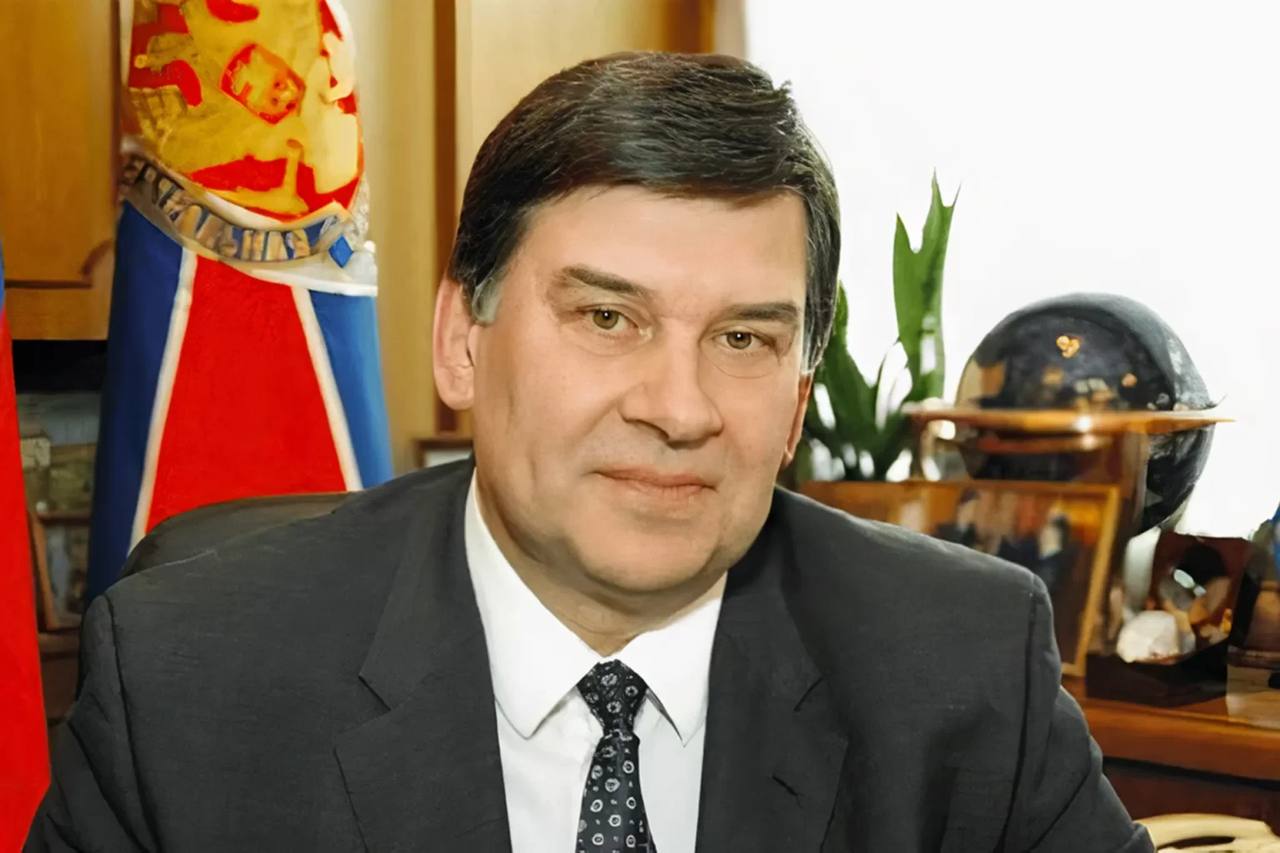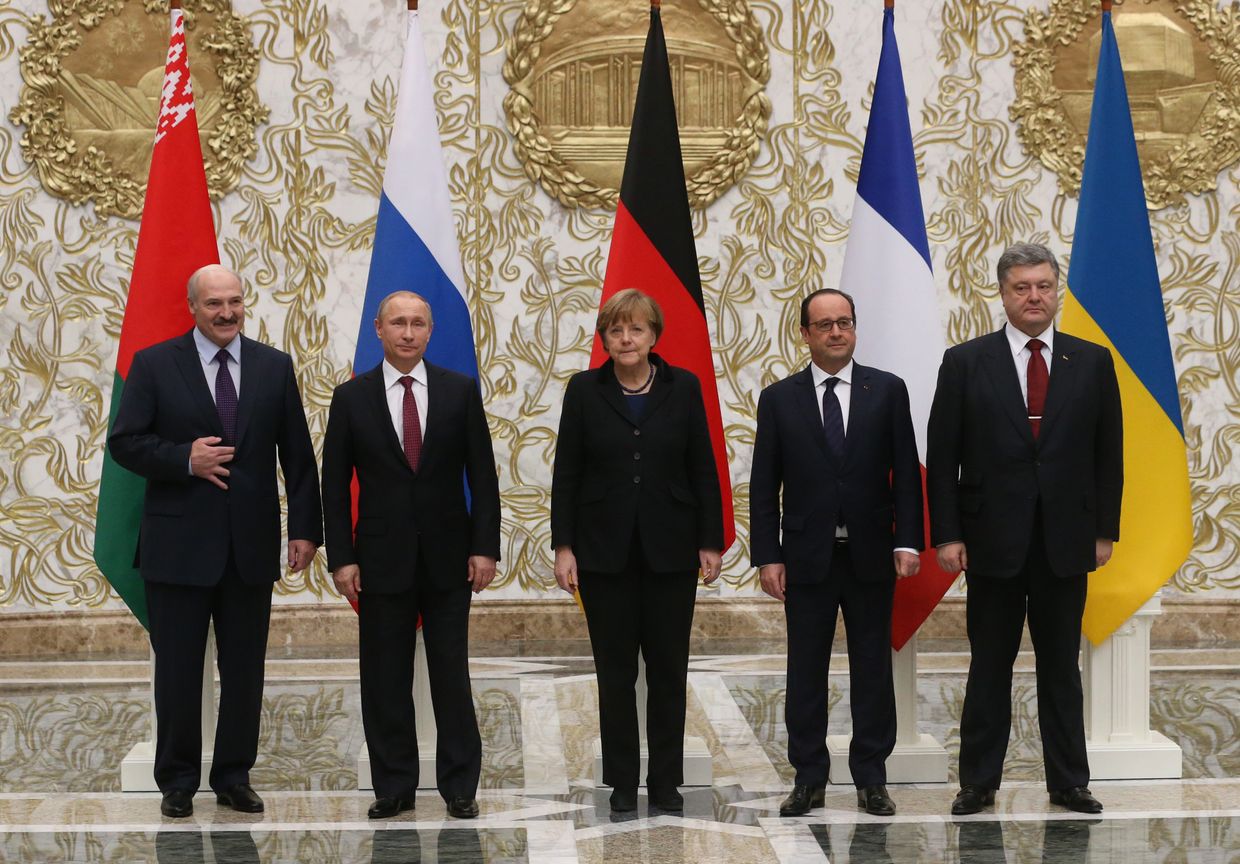The EuroMaidan Revolution united millions of Ukrainians in protest against a corrupt, authoritarian, pro-Russian regime.
Few could have guessed that this was just the beginning of Ukraine’s decade of struggle against mounting Russian subjugation attempts.
This Revolution of Dignity began after then-President Viktor Yanukovych abruptly refused to sign the long-awaited Association Agreement with the European Union in November 2013. People who had been expecting that signature came out to protest at Independence Square, or Maidan Nezalezhnosti, at the heart of Kyiv.
Many protesters were violently beaten by the Ukrainian riot police, Berkut. About 100 were gunned down, ever since eulogized as the Heavenly Hundred. The killings only fanned the flames of revolution until February 2014, when Yanukovych abandoned office and fled to Russia.
For the survivors, it would become the first battle out of many for the freedom of Ukraine, from the earliest Russian incursions in 2014 to the full-scale invasion of 2022.
These are the stories of six prominent EuroMaidan activists who went on to defend Ukraine from Russian aggression.
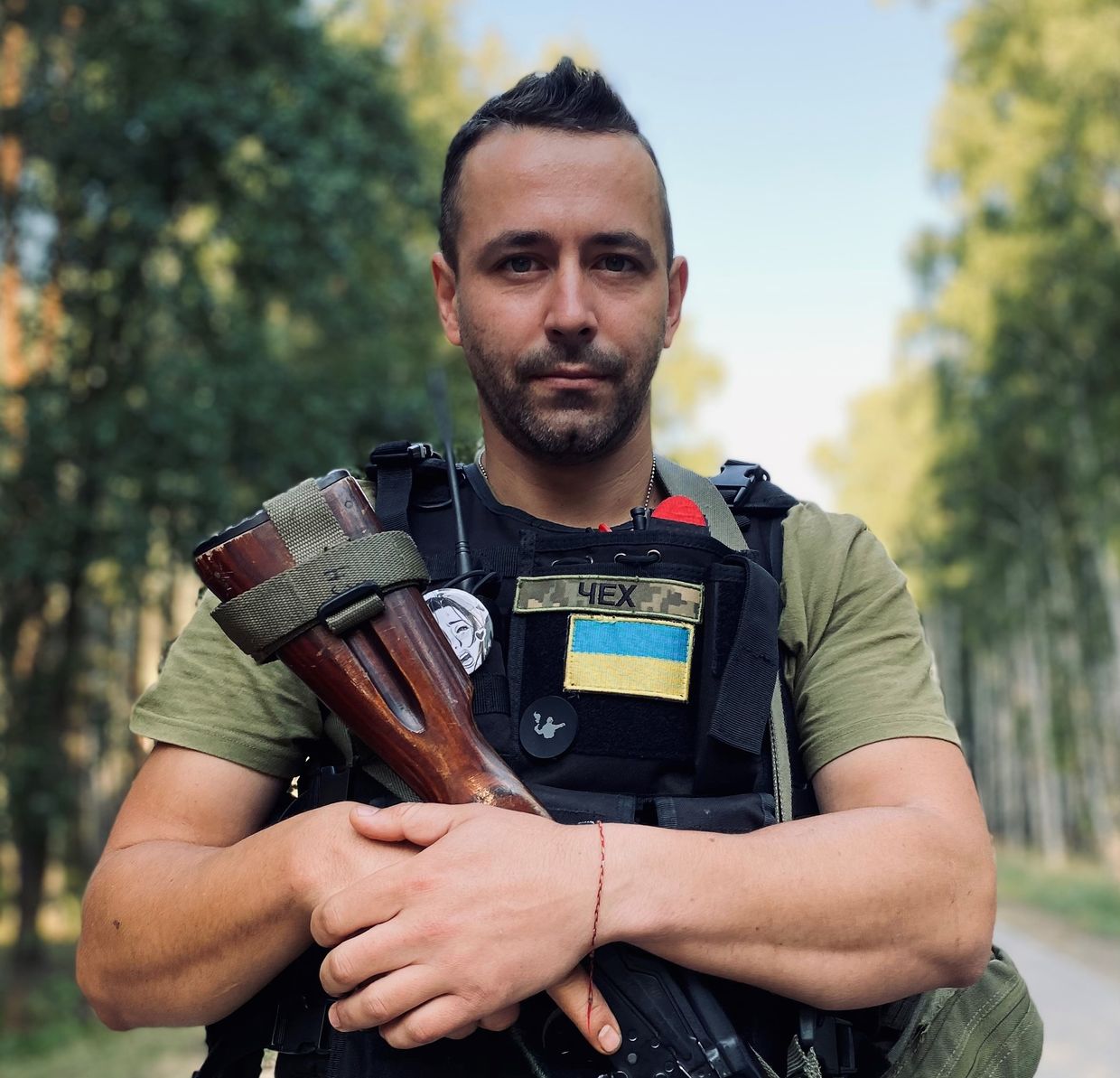
Artem Chekh
Renowned Ukrainian author Artem Chekh says he was not politically active before the EuroMaidan Revolution. He knew what "evil was present in his country" but did not know how to fight it.
Everything changed as he and his wife, filmmaker and writer Iryna Tsilyk, watched the peaceful protesters, most of them students, being beaten and forced out of Independence Square by Berkut riot police on Nov. 30, 2013.
"After that, the revolution got a completely different meaning for me and my family," Chekh, now 38, told the Kyiv Independent.
The writer felt that the events playing out on the square would mold Ukraine’s destiny and chose to stay until the revolution fulfilled its aim and toppled Yanukovych’s regime. In the course of it, he bore witness to the bloodiest days of the uprising in February 2014.
"Seeing not dead people but people killed shifts your mindset and brings some other vision of the reality of the modern history of Ukraine," Chekh says.
"You understand that it is a certain Rubicon, and having crossed it, life will no longer be the same as it was."
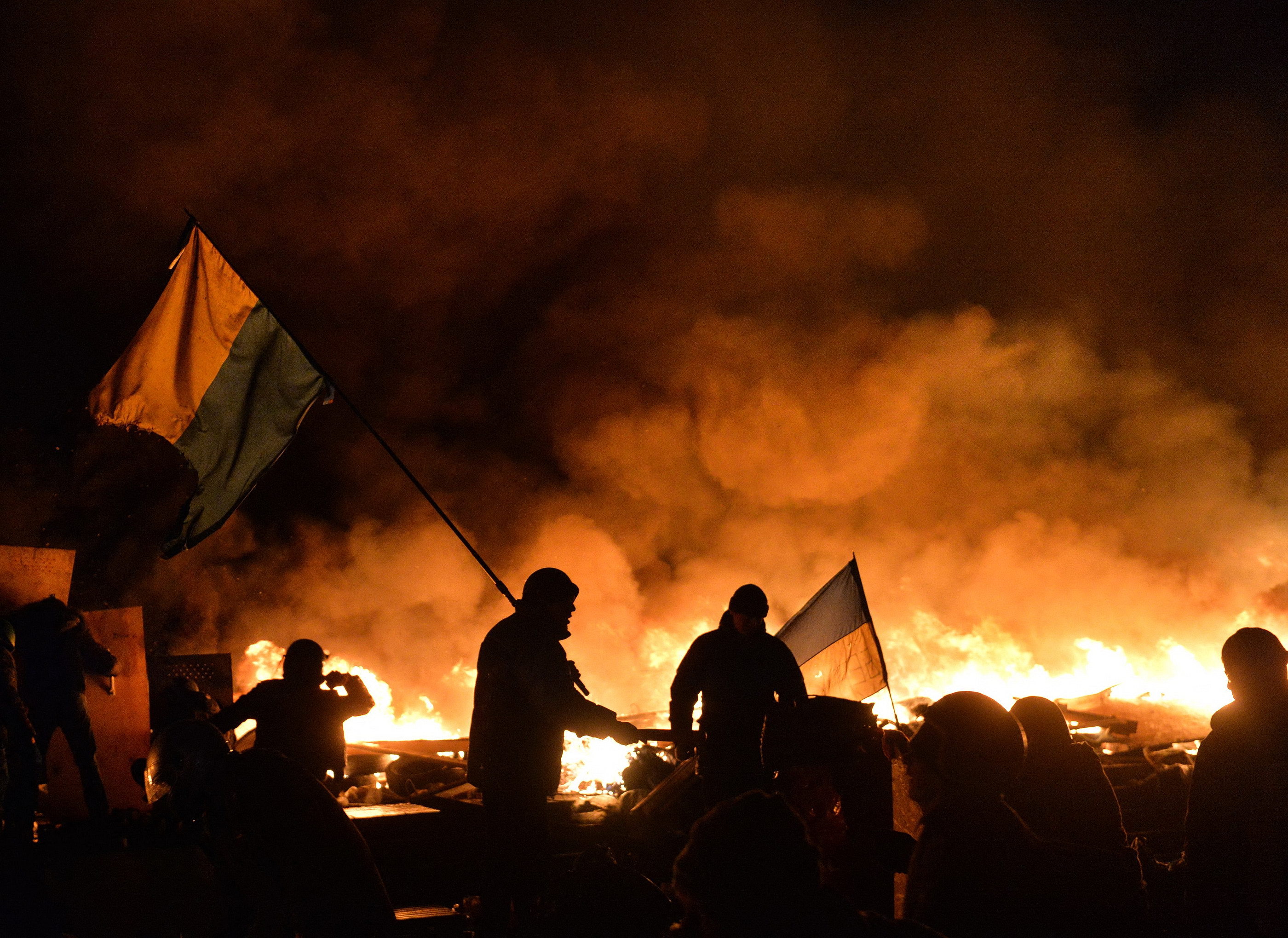
The revolution showed Chekh how united Ukrainians could be in the darkest times and gave him the "inner courage" to keep fighting. In 2015, he joined the 59th Motorized Brigade and fought against Russian forces for almost a year in Luhansk Oblast.
His journey as a soldier is documented in his 2017 book "Absolute Zero."
When Russia launched the full-scale invasion in 2022, Chekh knew he had to fight once more. Chekh says he saw more Russian artillery strikes in a mere 15 minutes in Donetsk Oblast's Bakhmut after 2022 than in the 10 months of the war in Donbas back in 2015.
He spent five days in a tiny trench on the outskirts of Bakhmut, surrounded by dead bodies, seeing the city burning and waiting for his death.
"It was the hardest time of my life," Chekh says. He continues to serve in the military now.

Artur Nazarov
A young photographer from Sumy, Artur Nazarov went to Kyiv in late 2013, after seeing the first reports of the demonstrations. He wanted to get history on camera as it happened. To that end, he decided to check out both sides of the barricades.
The contrast between the participants struck Nazarov: A "depressing atmosphere" and drunkenness permeated the much smaller crowd of the paid protesters supporting Yanukovych, known as the AntiMaidan. They looked nothing like the people of the EuroMaidan, who were united and polite to each other.
Nazarov joined the revolution, staying with protesters until the very end despite the growing risks. On Feb. 18, when violence in Kyiv escalated dramatically, Nazarov photographed snipers shooting at unarmed protesters, almost being shot in the process.
"A couple of bullets hit the tree just above my head," Nazarov, now 33, recalls.
He lost one of his cameras while attempting to escape from snipers and was soon injured by law enforcers. Through the lens of his camera, Nazarov saw a gun rising in his direction, pointing at his head.
"I moved the camera away and covered my face with my arm," says Nazarov, adding that a rubber bullet hit his elbow.
"I understood that I was defending my rights, that I was standing for what they wanted to take away from me," he says.
After the Revolution of Dignity, Nazarov realized he had to continue fighting for his country.
In 2014-2015, he fought on the front lines in Donetsk Oblast as a volunteer, defending the Donetsk Airport and the village of Pisky, then-sites of some of the bloodiest battles.
When Russia launched its full-scale invasion in 2022, he defended his native Sumy Oblast and took part in battles in Kharkiv Oblast. After being injured in the summer, Nazarov was transferred to his hometown, where he continues to serve in the military.
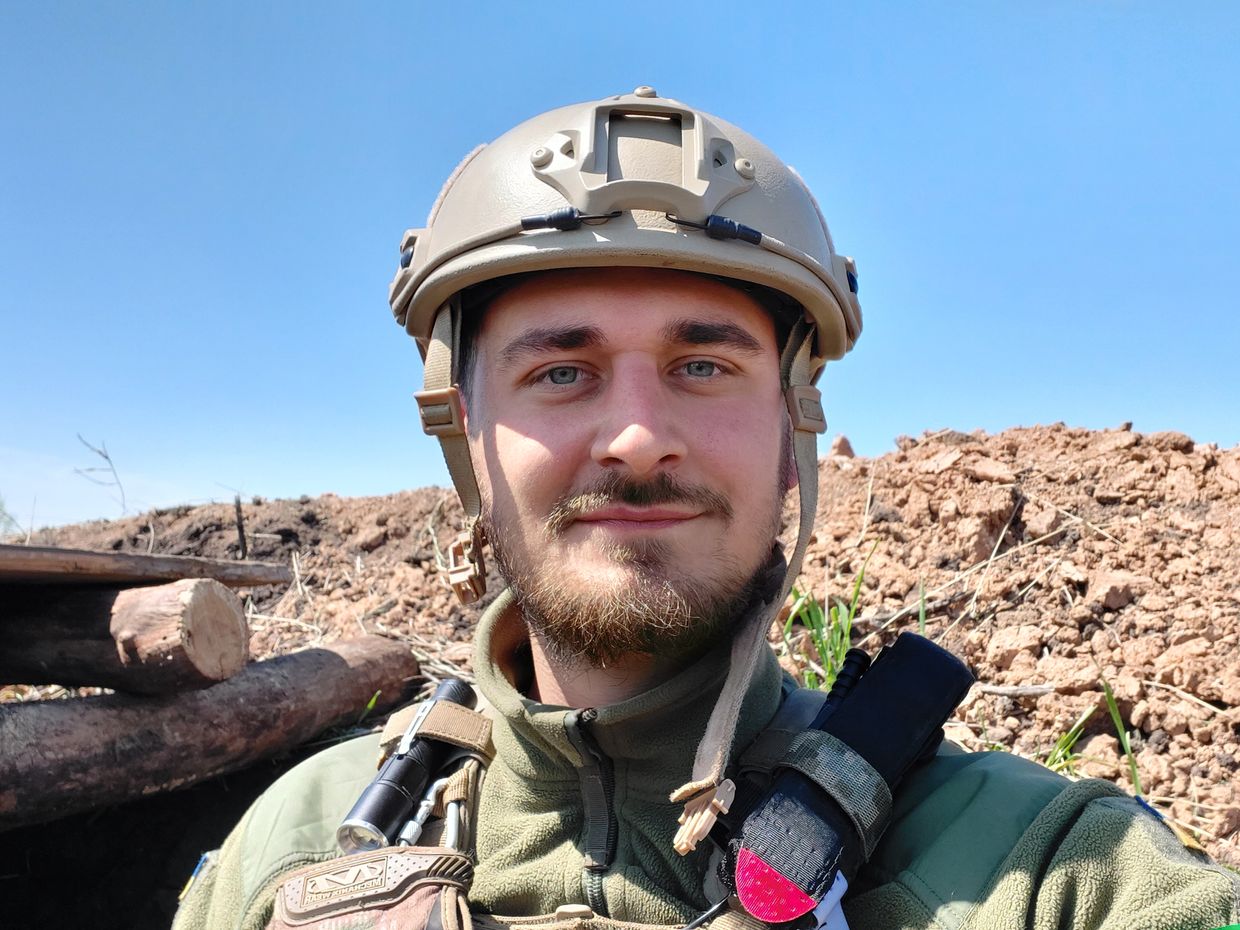
Yulii Terekhov
The uprising cleaved the life of Kyiv resident Yulii Terekhov into what came before and after.
He studied sound engineering at one of Kyiv's universities back then and, like many, anticipated Ukraine’s Association Agreement with the European Union.
Yanukovych's refusal to sign it made Terekhov feel unheard, forcing him to join the protests.
"After the dispersal of Maidan, we realized that we were not only unheard but also simply being annihilated. It became clear that the system was actively working against us, and it needed to be dismantled," Terekhov, now 27, told the Kyiv Independent.
He saw riot cops ferociously attack protesters including women and the elderly. He also endured their beatings.
Even in the most brutal clashes, Terekhov recalls protesters trying to protect and help one another. The enforcers were an inversion of that, even beating people who were injured or incapacitated on the ground.
"I looked straight into the eyes of Berkut officers shooting rubber bullets at me that stuck at the wooden shield," he recalls.
Then, in February 2014, "when blood cascaded down” the Instytutska Street near Maidan, Terekhov felt that his life was at an end. "The sound of gunfire and bullets was just over my head."
These battles inoculated him with courage, with which he defended Ukraine in some of its fiercest battles since 2014. He was among the men defending Donetsk Airport, whom Ukrainians dubbed "cyborgs" for their fearlessness and endurance.
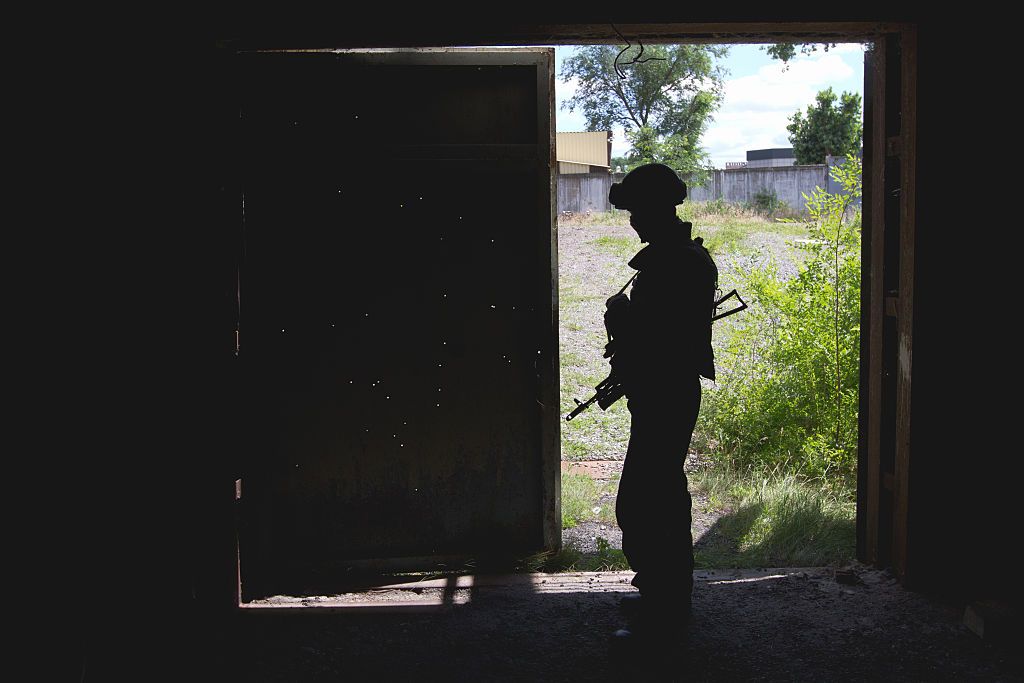
Since the start of the full-scale invasion, Terekhov has been fighting in the east, where he met fellow Maidan activists. He lost some of them too, including Roman Ratushnyi, with whom Terekhov served in the 93rd Mechanized Kholodnyi Yar Brigade.
"Maidan as an event and people participating in it were the 'bloom of the nation," Terekhov says.
"Bright, energetic, and proactive…"
"Being there, among all those like-minded people, was an honor for me."
Those Russia killed

Roman Ratushnyi
One of the most prominent Kyiv activists, Roman Ratushnyi, was a 16-year-old high school student when he fought his first battle for Ukraine.
"He firmly believed in the values the EuroMaidan stood for… He believed that the only possible path for Ukraine was the path towards the free world," Ratushnyi's friend, activist Artur Kharytonov, told the Kyiv Independent.
"He was there by choice and wanted to be there even in the most critical moments.”
Ratushnyi was among a large group of Ukrainian students violently attacked and beaten on the night of Nov. 30. Despite the rising threat, Ratushnyi took part in the protests until the collapse of Yanukovych's regime.
"For me, it was not in vain because I see a huge number of positive changes in the country that occurred due to the Maidan," Ratushnyi said in a 2018 interview.
"Without Maidan, without showing real resistance to the authorities, these changes would not have happened."
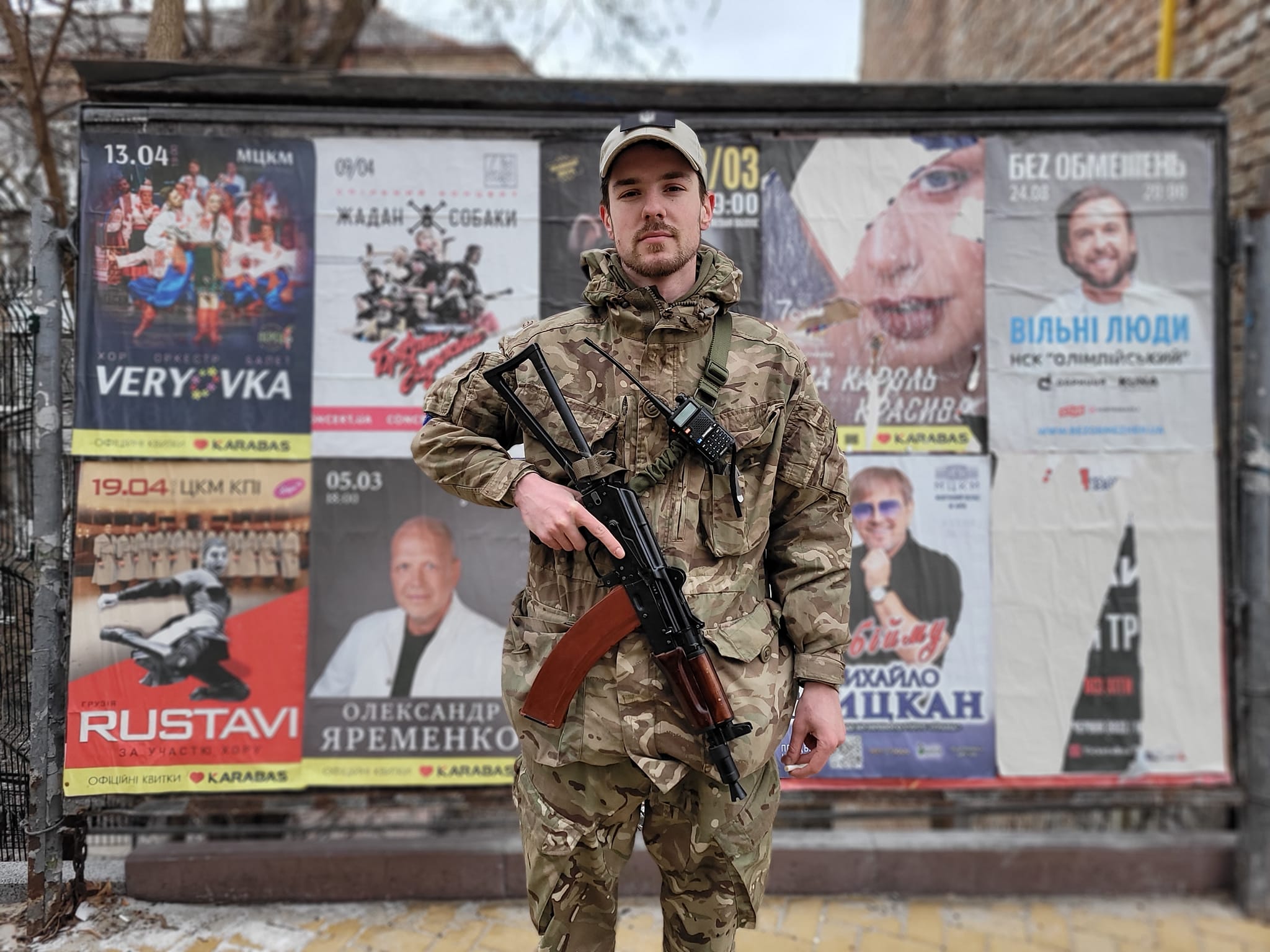
Later, he would stand up to Ukrainian oligarchs and corrupt officials as a leader of the non-profit "Let's Protect Protasiv Yar," which fought against illegal construction in the Kyiv park.
His loved ones were not surprised by his decision to volunteer to fight back against the full-scale invasion.
Ratushny's June 9 battle near Kharkiv would become his last. He was 24.
"He was the best of us… He could have done so much more," numerous people wrote on social media after his death.

Dmytro Kotsiubailo
Dmytro Kotsiubailo, known by his call sign "Da Vinci," was one of the youngest commanders in Ukrainian history.
The Ivano-Frankivsk Oblast native was known as a fearless fighter who commanded the trust of his men. Da Vinci had been decorated with the country’s highest honors, the Order of the Golden Star and Hero of Ukraine.
Like many other national champions, his heroics started at the EuroMaidan. Kotsiubailo was studying art at the time and was a talented painter, which ended up informing his callsign.
"For him, the EuroMaidan became a starting point that brought realization that the battle for Ukraine had begun and that it would last," Kotsiubailo's friend, journalist Violetta Kirtoka, told the Kyiv Independent.
"It was during the Maidan that we were fired upon for the first time. But there was no fear," Kotsiubailo said in an interview in 2017.
His struggles during the uprising were soon overshadowed by the war, Kirtoka says.
The young Kotsiubailo took up arms to protect his homeland shortly after Russia invaded Ukraine's Donbas and annexed the Crimean Peninsula. He joined the First Assault Company within the 5th Battalion of the Ukrainian Volunteer Corps (DUK), taking part in heavy fighting in the east.
In 2016, when Kotsiubailo was only 21 years old, he became the commander of the First Assault Company, widely known as "Da Vinci Wolves."
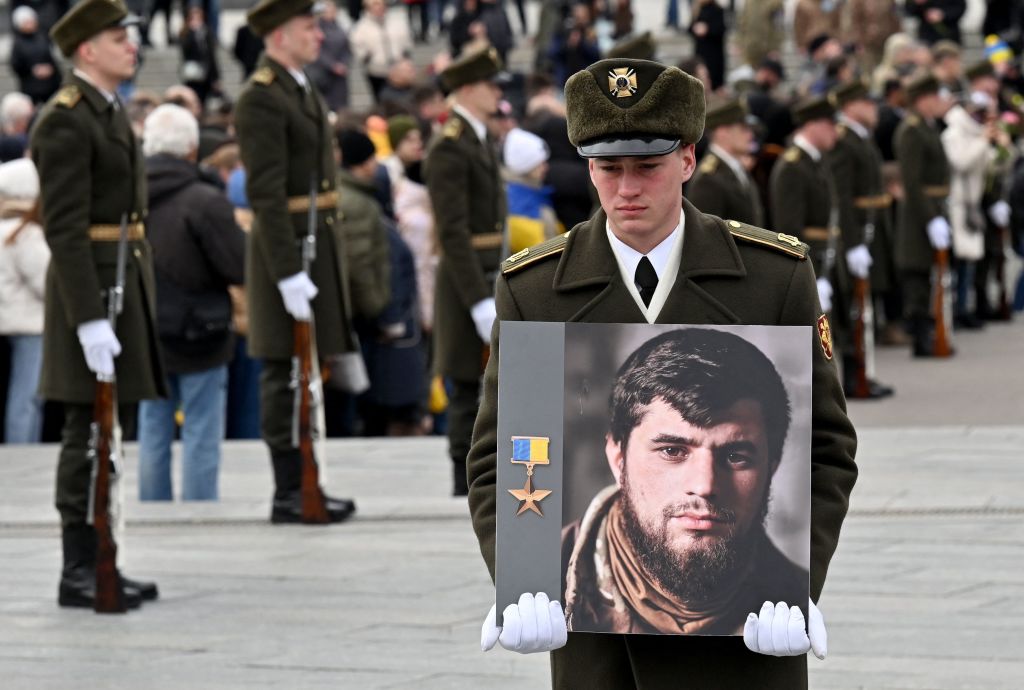
"Back then, he was a year younger than me, yet he had the authority and always went into the battle himself," Kotsiubailo's fellow soldier Pavlo told the Kyiv Independent in March.
Kotsiubailo rarely left the front line, with his friends saying that eastern Ukraine "truly was his home."
During the all-out war, Da Vinci Wolves, under Kotsiubailo's command, took part in Ukraine's triumphant counteroffensive in Kharkiv Oblast last September.
He could have been the one to bring victory to Ukraine and was perceived by many as "immortal" until this spring: On March 7, Russia killed Kotsiubailo, at the age of 27, near Bakhmut in Donetsk Oblast.
"It might be that we lost the future commander-in-chief of the Ukrainian army," says Kirtoka.

Vasyl Marmus
Vasyl Marmus has always been captivated by his father's stories of resisting the Soviet regime since childhood.
Born in a family of dissidents in Ternopil Oblast, Marmus was a "great patriot even before the EuroMaidan and the war," according to his wife, Nataliia Marmus.
He went to Kyiv as soon as the protests started and rarely left the square in the three months of the revolution. Marmus defended his fellow protesters and supported everyone by any means he could, Nataliia recalls.
The young couple struggled to have a baby for some time. One day in February 2014, just as Marmus returned home from the protests for a short time, Nataliia surprised him with long-awaited news.
"I begged him to spend at least a couple of days with me, and he agreed," she recalls. This may have prolonged his life. In the subsequent few days, the worst of the massacres swept through downtown Kyiv.
"He was not that kind of man who would stand aside," Nataliia says. "He would sacrifice everything, including life, for others."
When Russia invaded in force, Marmus volunteered with the 80th Air Assault Brigade. On Sept. 12 last year, he was killed in Kharkiv Oblast, at the age of 30.
After his funeral, some of Marmus' fellow soldiers told Nataliia that they "owe their lives" to her husband. The stories of his bravery, her memories, and their daughter Sofiia are all Nataliia has left of her husband.
She recalls him gently calling their daughter "Maidanivka."
Note from the author:
Hi! Daria Shulzhenko here. I wrote this piece for you. Since the first day of Russia's all-out war, I have been working almost non-stop to tell the stories of those affected by Russia’s brutal aggression. By telling all those painful stories, we are helping to keep the world informed about the reality of Russia’s war against Ukraine. By becoming the Kyiv Independent's member, you can help us continue telling the world the truth about this war.
